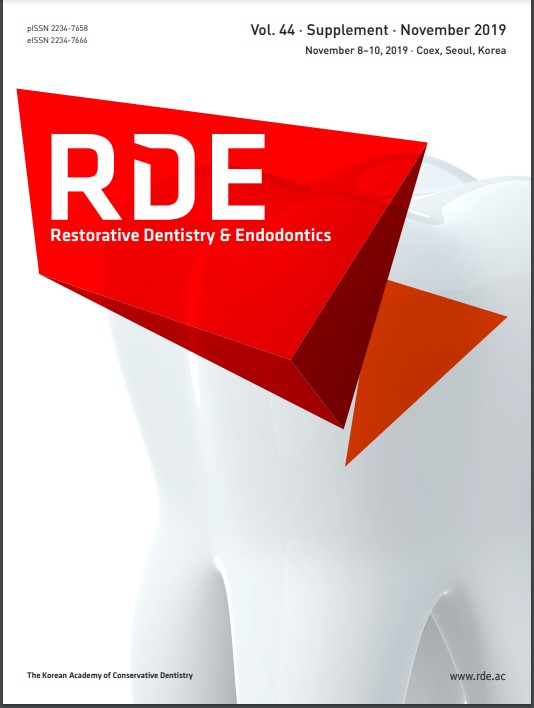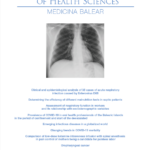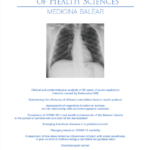
 Dr. Joseph Acosta and
Dr. Joseph Acosta and  Dr. Joy Lane Cuntig
Dr. Joy Lane Cuntig
cjoylane22@gmail.com
Endodontics Department, School of Dentistry,
University of Baguio, Baguio City Philippines 2600
Restorative Dentistry & Endodontics, 2019 | https://rde.ac/pdf/10.5395/rde.2019.44.Supplement
Abstract
Introduction: Sometimes, the desired surgical endodontic treatment of a tooth may not be feasible for anatomical or other reasons. A planned extraction with repair of the tooth outside the mouth and subsequent replantation, referred to as intentional replantation, may then be the treatment of choice. Intentional replantation may be an option when surgical access is very limited or presents unacceptable risks. Although traditionally viewed as a treatment of last resort, the past several years have seen a renewed interest in intentional replantation, and several authors have reported a reasonably high success rate when a protocol designed to minimize trauma to the periodontal ligament was followed.
Case: A 22-year-old female patient came for a consultation due to pain on tooth 17. Based on clinical and radiographic findings, the diagnosis of symptomatic irreversible pulpitis and symptomatic apical periodontitis was established. Because of a limited mouth opening and thick buccal mucosa, conventional root canal treatment may have been impossible due to inadequate access and visibility; thus, intentional replantation was recommended. The tooth was extracted atraumatically, then root canal treatment was done. Next, the tooth was gently replanted back into the socket and a suture was administered. Then, the tooth was restored with glass ionomer cement and a composite filling material. The patient was given post-operative instructions, and recall was done after a week, during which time the patient presented no signs of discomfort, mobility, pain and inflammation. Follow-up check-ups were also advised to the patient for evaluation and monitoring. Conclusions: With appropriate case selection, intentional replantation can be a reliable and predictable procedure. In this case report, short-term successful management of intentional replantation of a maxillary second molar is presented. While the patient was satisfied with
the result, she is also receiving long-term follow-up.
Keywords: Intentional replantation; Root canal treatment; Surgical endodontics


